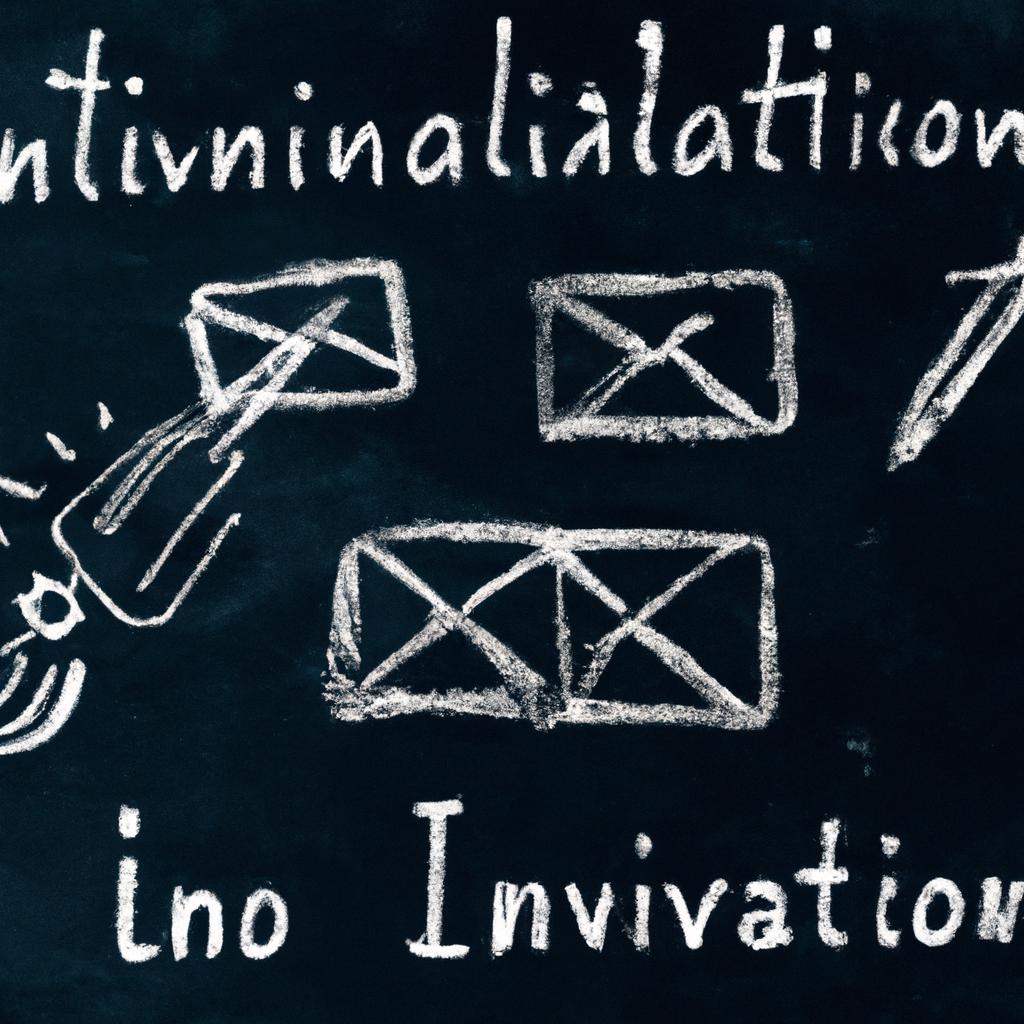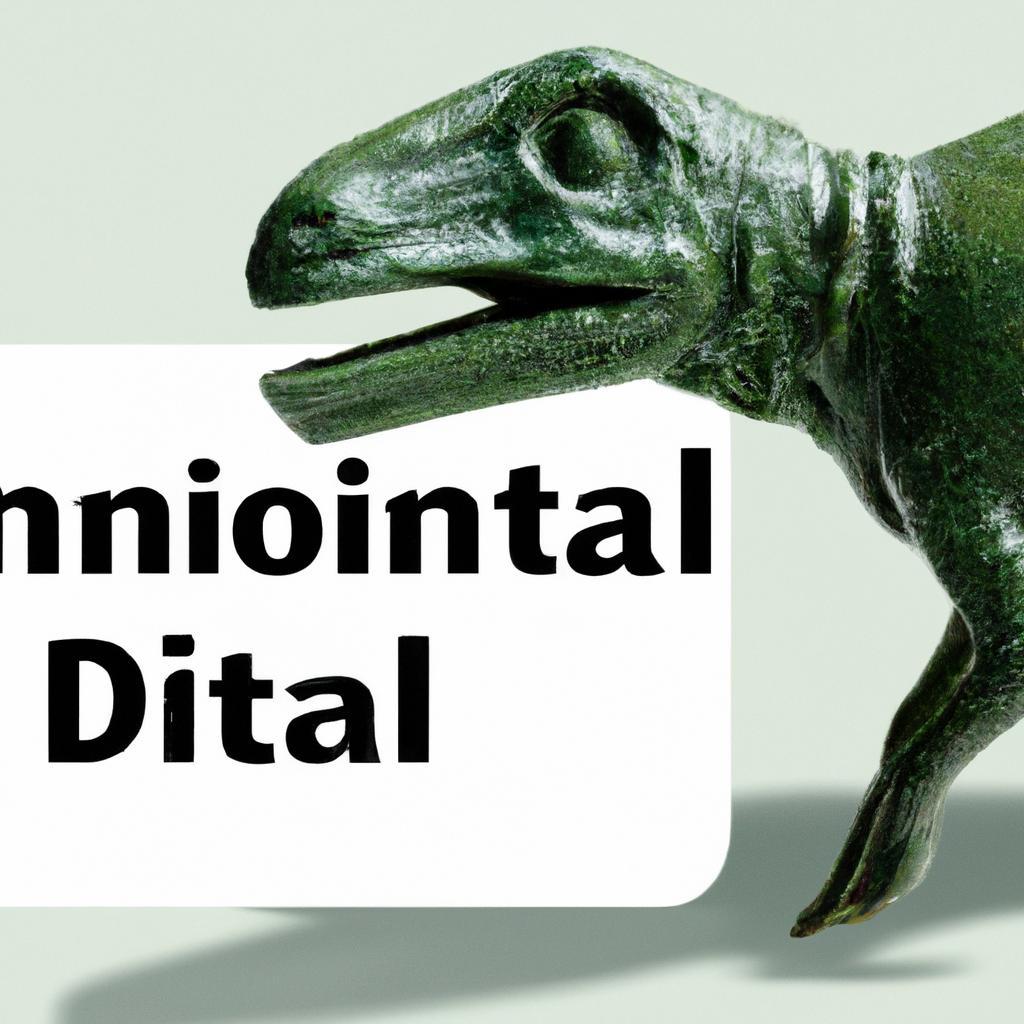Is Email a Dinosaur? Exploring Modern Communication Alternatives in a Digital Age
In the sprawling landscape of digital communication, emails once roamed as the stalwart giants of professional correspondence, silently navigating the vast terrain of business and connection. Yet, as innovation charges forward at an unprecedented pace, one has to wonder: has email become a relic of a bygone era? As platforms sprout like wildflowers, each promising enhanced engagement and immediacy, we find ourselves at a crossroads in our communication evolution. In this article, we embark on a thoughtful exploration of whether email is indeed becoming a dinosaur, or if it still holds a vital place in our modern toolkit. Join us as we dissect the rise of messaging apps, collaboration platforms, and social media while pondering the future of email in a world increasingly enamored with the next best thing.

Rethinking Communication: The Evolving Role of Email in Today’s Digital Landscape
Email has long been a cornerstone of digital communication, yet as we navigate an ever-evolving digital landscape, its relevance faces questioning and re-evaluation. While it might seem archaic to some, email has adapted in notable ways, proving itself resilient against the onslaught of newer communication platforms. Consider its unique advantages:
- Accessibility: Nearly everyone with internet access has an email address, making it an inclusive communication tool.
- Documentation: Emails provide a written record of communication, essential for accountability and archiving.
- Asynchronous Communication: Unlike instant messaging, email allows for thoughtful responses without the pressure of immediate replies.
However, new platforms like instant messaging, project management tools, and social media are reshaping how we interact. Below is a concise comparison highlighting the evolution of these alternatives:
| Platform | Strengths | Limitations |
|---|---|---|
| Formal, documented, widely adopted | Can be impersonal, prone to spam | |
| Instant Messaging | Real-time, interactive, personal | Less formal, no permanent record |
| Project Management Tools | Structured collaboration, task-oriented | Can be overwhelming, requires onboarding |
| Social Media | Engaging, viral potential, broad reach | Vulnerability to noise, privacy concerns |
As we reconsider the place of email in our daily communications, it is clear that while it may not be the only option, it serves a unique purpose that continues to be indispensable in our digital ecosystem.

Alternatives to Email: Innovative Tools for Enhanced Collaboration and Connectivity
As organizations strive for greater efficiency, numerous tools have emerged that provide alternatives to traditional email communication, shifting the focus towards real-time collaboration and intuitive connectivity. These innovative platforms not only streamline workflows but also enrich the interaction among teams, breaking down silos that emails often create. Consider these **powerful alternatives**:
- Instant Messaging Apps: Platforms like Slack or Microsoft Teams facilitate quick conversations and file sharing, keeping discussions organized in channels rather than scattered across different inboxes.
- Project Management Tools: Applications like Trello and Asana allow teams to collaborate on projects with task assignments, deadlines, and comments, fostering clarity and accountability.
- Video Conferencing Solutions: Zoom and Google Meet enable face-to-face connections that can nurture relationships and enhance communication, particularly in remote settings.
- Document Collaboration Platforms: Tools such as Google Workspace and Notion promote simultaneous editing and real-time feedback, mobilizing collective creativity.
To illustrate the dynamic landscape of modern communication tools, the following table summarizes key features:
| Tool | Key Feature | Best For |
|---|---|---|
| Slack | Channel organization | Ongoing team discussions |
| Trello | Visual task management | Project tracking |
| Zoom | High-quality video calls | Remote meetings |
| Google Docs | Real-time collaboration | Co-writing and editing |
In Retrospect
As we draw the curtains on our exploration of email’s relevance in today’s communication landscape, it’s clear that while it may seem like a relic from a bygone era, it remains a steadfast player in the game. Like a woolly mammoth standing tall amidst a shifting environment, email has evolved and adapted, intertwining itself with emerging technologies and communication trends.
However, it’s undeniable that a growing roster of alternatives—social media, messaging apps, video conferencing—has changed the way we connect, share, and collaborate. These modern tools often provide more dynamic, immediate, and engaging experiences that many find preferable.
In an age where quickness and immediacy dominate our interactions, the question remains: can email coexist with these modern solutions, or will it inevitably fade into obscurity? While the future of communication is still being written, email’s role may transform rather than vanish entirely. So, as we continue to navigate our digital communication landscape, let’s embrace the full spectrum of tools available, understanding that the wisdom of the past can inform the innovations of tomorrow. After all, even the most ancient creatures can inspire new life in the ever-evolving world of communication.


